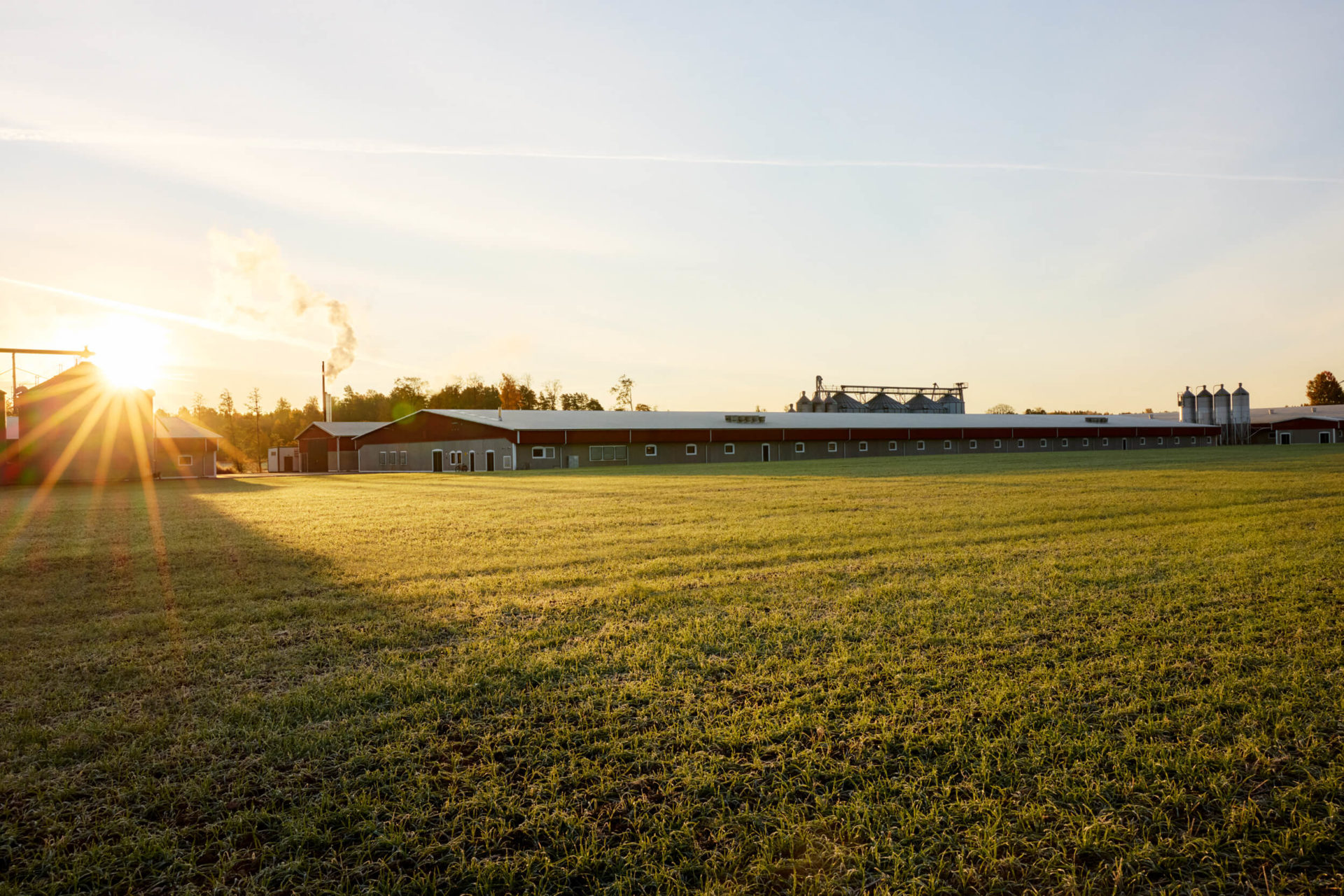
Sustainability
As a food producer, Scandi Standard depends on well-functioning ecosystems and healthy chicken that are treated well. Our goal is for chicken to be a part of the solution of reducing the climate impact from food production. Maintaining a long-term perspective and integrating sustainability at all levels of operations is therefore a prerequisite for our continued success.
Scandi Standard’s work with sustainability is based on the double materiality assessment which includes prioritized sustainability impacts, risks and opportunities. Together with the sustainability goals, which define the goals and key performance indicators for each focus area, these set the level for the Group’s shared sustainability work. Each company and production plant within the Group is committed to complying with and contributing to the attainment of the shared goals.
Strategy and value chain
Sustainability is an integrated part of the business at every stage of operations for Scandi Standard, where financial profitability and reduced risk often go hand in hand with reduced impact on people, chickens and the planet.
In the majority of our markets, slaughtering and processing are the only directly owned components of operations. In Ireland, Scandi Standard also produces feed and in Sweden, we operate parent bird breeding and hatcheries. The Lithuanian operation has an integrated value chain, where Scandi Standard runs parts of the rearing operations. In several markets, Scandi Standard relies to some extent on third-party producers for a portion of its product range.
- Feed production. Feed is produced locally, with locally grown grains such as wheat and oats together with imported crops such as soy and corn.
- Parent birds and hatchery. In parent bird production, 150 to 170 eggs are produced per hen during 40 weeks. These are then transported to the hatchery for the hatching process.
- Rearing. Day-old chicks are transported from the hatchery to the rearing houses, where they spend five to eight weeks depending on the type of chicken and rearing method.
- Slaughtering, processing and packing. Broilers are transported to the slaughterhouse, where the end products are then packed or transported to processing plants.
- Distribution and sales. Finished products are distributed to customers and consumers in retail stores, restaurants, catering centers and industrial kitchens.
Sustainability goals for 2030
Scandi Standard wants to contribute to the joy of food, as well as to health and well-being. We work with food production, where we take responsibility from farm to fork, for people, chickens and the planet.
The aim of the sustainability goals is to create a framework for long-term sustainability work, to strengthen communication with various stakeholder groups and to set shared KPIs that are measured and followed up in the same manner at all levels of the Group.
| Focus area | Sustainability goals for 2030 | Follow-up | Goals for 2030 | |
|---|---|---|---|---|
| People | Quality and food safety | Providing local, healthy, safe and affordable protein | Critical complaints and product recalls |
Critical complaints: 0
Recalls: 0
|
| Quality and food-safety culture |
Response rate: 90%
Result: 75%
|
|||
| Nutrition and health | Clean Label Policy compliance | 100% | ||
| Salt reduction | Local targets | |||
| Suppliers | Compliance – Supplier Code of Conduct | 100% of high-risk suppliers | ||
| Health & Safety | Keeping our employees engaged, safe and healthy | Lost Time Injuries (LTIFR) | 15 | |
| Employee satisfaction | Scandi Pulse – employee satisfaction | 75 | ||
| Inclusive culture | Scandi Pulse – inclusive culture | 90 | ||
| Chicken | Animal welfare | Safeguarding and developing our animal welfare work | Animal-welfare indicator (foot score) | <5 |
| Transport mortality (DOA) | 0.13% | |||
| Rearing mortality | 3.5% | |||
| Use of antibiotics | Use of antibiotics | <1% | ||
| Planet | Feed efficiency | Reducing climate impact from chicken – from farm to fork | Soy reduction (% soy in the feed) | -50% |
| Biodiversity | Grower reporting of environmental and climate data | 100% | ||
| Climate and greenhouse gases | Scope 1 & 2 emissions compared with 2021 (tonnes CO₂e) |
~42% (Energy and industry)
~30.3% (FLAG)
|
||
| Scope 3 emissions compared with 2021 (tonnes CO₂e) |
~42% (Energy and industry)
~30.3% (FLAG)
|
|||
| Plastic and packaging | Reduced and improved use of plastics when developing our packaging | Recyclable packaging | 100% | |
| Packaging made of recycled or fossil-free materials | 50% | |||
| Reduction of plastics | -20% | |||
| Waste | Maximising resource use and minimising waste | Recycling | 40% | |
| Food loss and waste | Food loss and waste within production | <1% | ||
| Water | Water targets related to volume and quality | Local targets | ||
Agenda 2030
Scandi Standard supports Agenda 2030 including the global goals for sustainable development. As a result of our operations, we have an impact on several of the goals and great responsibility and opportunity to help achieve goals and targets.
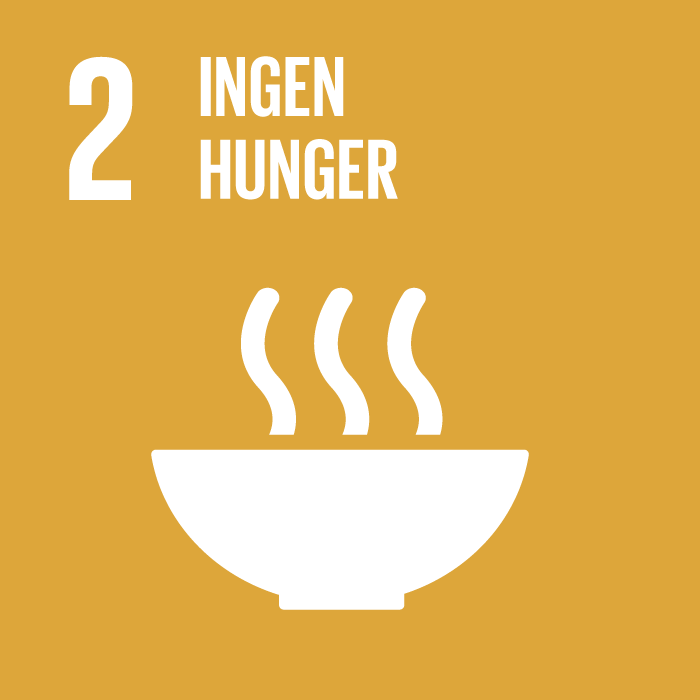
Goal 2
End hunger, achieve food security and improved nutrition and promote sustainable agriculture.
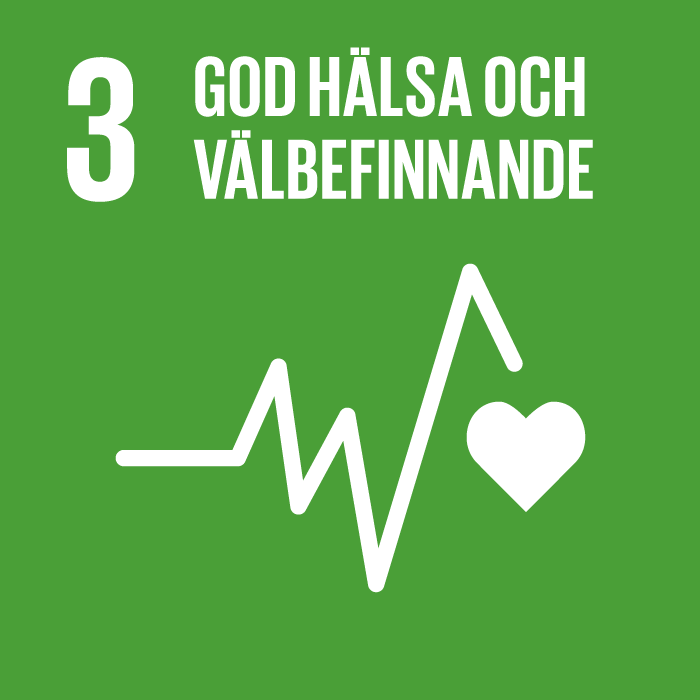
Goal 3
Ensure healthy lives and promote well-being for everybody at all ages.
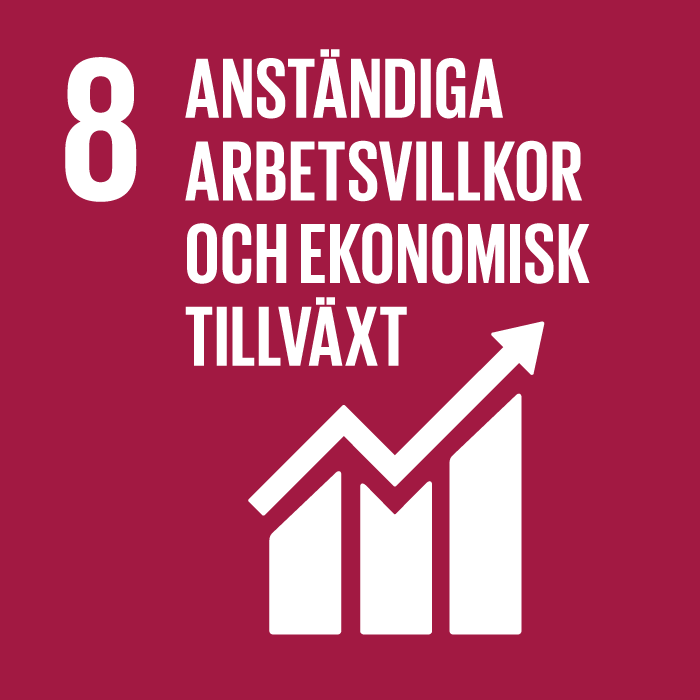
Goal 8
Promote sustained, inclusive and sustainable economic growth, full and productive employment and decent work for all.
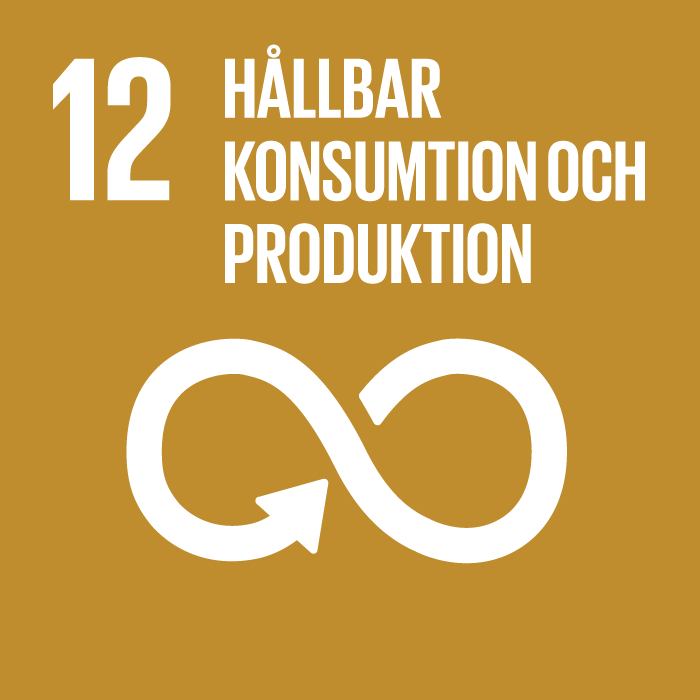
Goal 12
Ensure sustainable consumption and production patterns.
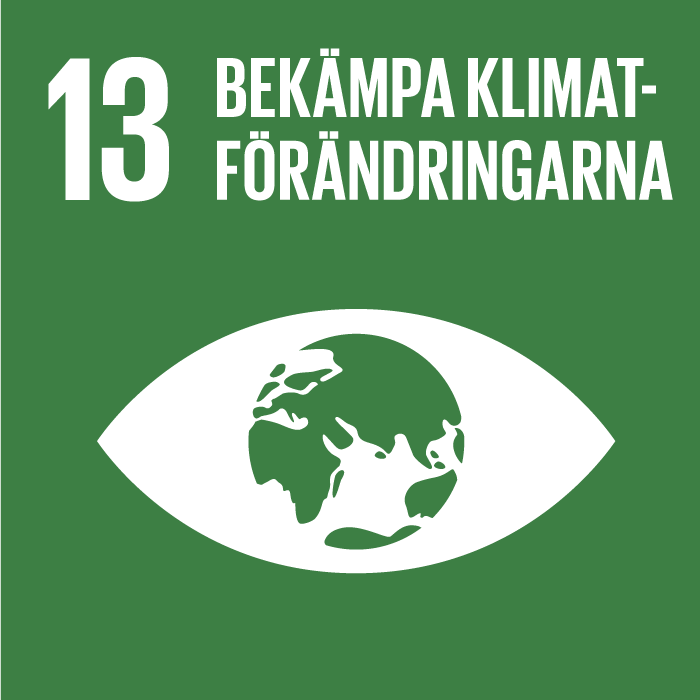
Goal 13
Take urgent action to combat climate change and its impacts.